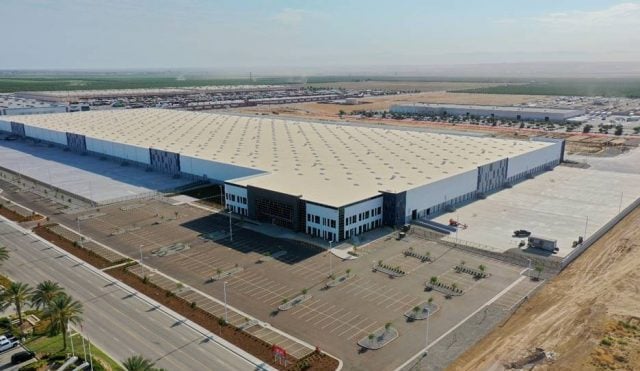IRVINE, CA—Downtown L.A., Santa Monica, Downtown San Diego and parts of Orange County are seeing robust retail leasing activity as retailers continue to focus on these densely populated areas, JLL's EVP Scott Burns tells GlobeSt.com. We spoke exclusively with Burns as he prepared to head to San Diego for last week's ICSC Western Division Conference about how retail leasing in Southern California looks today and what we can expect in the future.
GlobeSt.com: How would you describe the state of the retail leasing market in Southern California?
Burns: Leasing velocity in core urban growth markets, such as downtown LA, Santa Monica, Downtown San Diego and parts of Orange County, is robust. Retailers continue to focus on these densely populated areas due to the tremendous residential development activity and the quality retailers and restaurants already operating within them. In suburban and more rural areas throughout southern California, we continue to see a slower absorption rate due to the fact that there are fewer retailers seeking locations in these markets and the abundance of retail space.
GlobeSt.com: What are the keys to maintaining occupancy at retail centers in Southern California?
Burns: The best way to maintain occupancy is to create a destination where people want to spend time. Consumers today have less time to shop, so they look for the most desirable and diverse retailer offerings in safe and professionally operated shopping centers. Owners who continually invest and refresh their buildings, parking and common areas and landscaping stand a better chance of maintaining high occupancy levels. Once you have become the destination, then you need to defend and promote it assertively. The leasing efforts need to be strategic in order to identify and secure the most relevant retail and restaurant uses to expand the type and quality of the consumer traffic to the center.
GlobeSt.com: With what types of tenants are you seeing the most activity? Why?
Burns: It is no surprise that the most active tenants in the shopping-center business today are restaurants. In nearly every fast food, QSR, fast-casual and sit-down category there are multiple options for owners seeking restaurant tenancy. From the chef-driven craze in urban areas to drive-thru fast-food operators, it remains highly competitive in this space. This trend is largely driven by consumers' thirst for healthy food and beverage options and by the fact that Americans now spend more money in restaurants than they do at grocery stores.
GlobeSt.com: What factors should a retailer consider when deciding on a location for expansion?
Burns: One of the primary factors that retailers consider when pursuing new locations is the quality and quantity of the consumer traffic at the shopping center or intersection they are evaluating. The existing tenant mix is key. If you are in food services, then you'll want to be near other proven high-performing restaurants whose consumer profile is consistent with yours. Similarly, retailers whose customer base is oriented towards females shoppers will seek locations next to anchor tenants known for attracting the same, such as Hobby Lobby, Michaels, Bed Bath & Beyond and other leading chain brands.
GlobeSt.com: How will the Southern California retail market differ in 2016?
Burns: We expect that retailer focus on urban markets will progress in 2016, which will bear more unique and interesting restaurant and boutique retailers. We will see vacancy rates for mid-size and anchor spaces increase due to some recent retailer mergers and bankruptcies. For example, when the Staples and Office Depot merger closes, it is anticipated that dozens of closures will result. Similarly, Haggen, which filed bankruptcy this month, has already announced the closure of 16 stores in Southern California, and many more are expected. These vacancies will create opportunities and a frenzy of activity around these box spaces.
© Touchpoint Markets, All Rights Reserved. Request academic re-use from www.copyright.com. All other uses, submit a request to [email protected]. For more inforrmation visit Asset & Logo Licensing.






